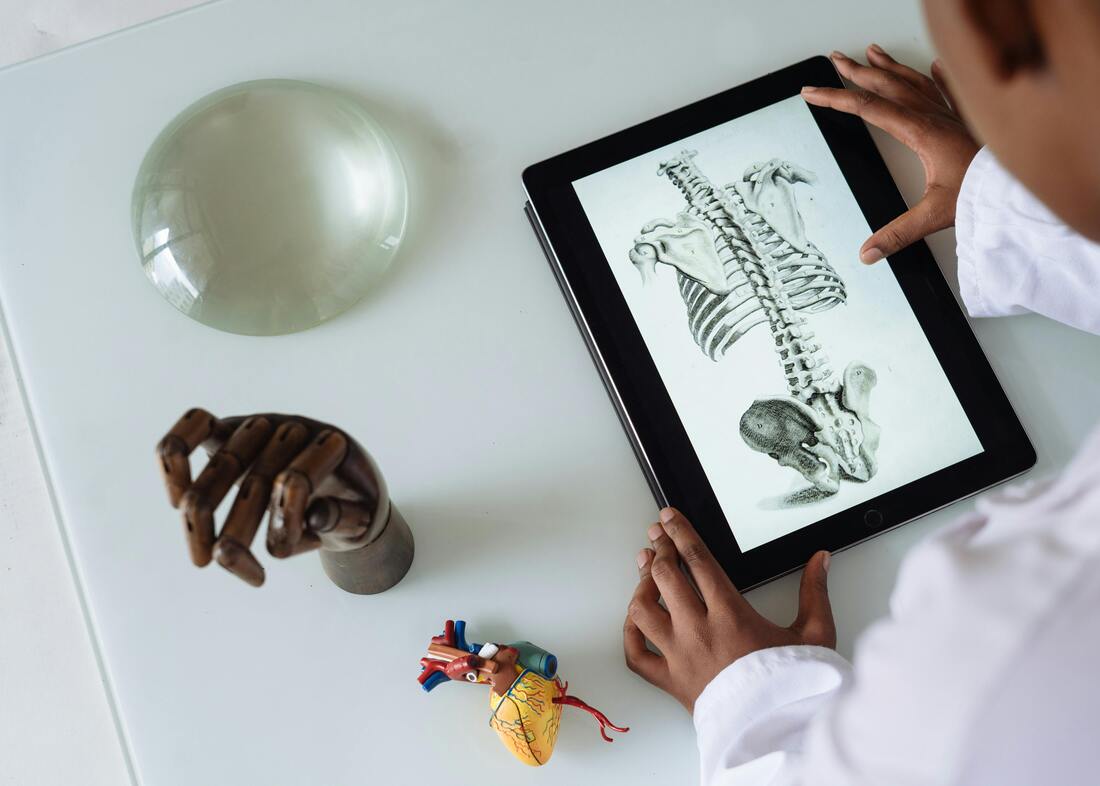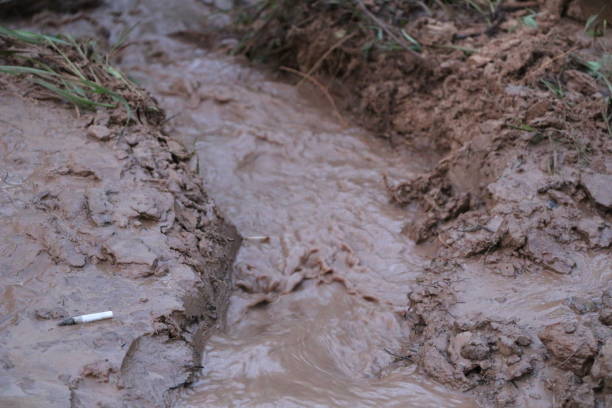|
Danielle Kurin is a former assistant professor and tenured associate professor at the University of California, Santa Barbara, California. At the university, she lectures undergraduate and graduate courses in the department of anthropology. Danielle Kurin engages in field research, particularly in forensic anthropology.
Anthropology deals with the study of humans. Anthropologists examine almost every facet of the life of a particular group of people. They are often interested in the remains of the living, language, physical evidence of human occupation (artifacts), and culture. Forensic anthropology includes investigating human skeletal systems to identify ambiguous human remains, analyze trauma, and calculate the passing of time. It is often associated with solving criminal cases. Forensic anthropologists are experts at examining the body when people discover human remnants. They usually collect data from the skeletons and their retrieval environment to ascertain who died, the circumstances surrounding their death, and the period of their death. Experts in forensic anthropology focus on examining hard tissues like bones. They have experience uncovering buried relics and methodically recording the facts utilizing their background in archaeology.
0 Comments
Danielle Kurin, PhD, is a former University of California, Santa Barbara (UCSB) assistant professor and later tenured associate professor and anthropologist who ran the UCSB Philip Walker Bioarchaeology and Forensic Bone Lab, and instructed on cultures of the central Andes. In 2020, Danielle Kurin took on a community assignment stemming from the 2018 Montecito mudslide, which destroyed more than 400 homes, injuring 150 people and killing 23.
Among those who perished were Santa Barbara High School student Jack Cantin and his father. Along with Lydia Sutthithepa, a two-year-old, Jack’s remains were not found, so in 2020, his mother reached out to the Bioarchaeology Lab for help. Professor Kurin and her research assistants set up a work site that resembled an archaeological dig, with “hot zones” identified within a search site spanning 110 acres. The team implemented surveys, test-pitting, and excavation. In addition to applying the insights of hydrologists and soil scientists, they relied on canines trained in human bone and tissue detection to make progress. Each fragment, from a piece of cloth to a kitchen tile, was carefully collected and mapped, with techniques such as fluorine absorption analysis, fluorescence, and bone biogeochemistry applied. Ultimately, remains were found consistent with Jack Cantin in terms of stature, age, sex, and antiquity, and these were returned to his mother. Unfortunately, the remains of the toddler Lydia were never found and they have been deemed unrecoverable and “one with the earth.” |
AuthorDanielle Kurin - Award-Winning Educator and Researcher. Archives
June 2023
Categories |


 RSS Feed
RSS Feed
